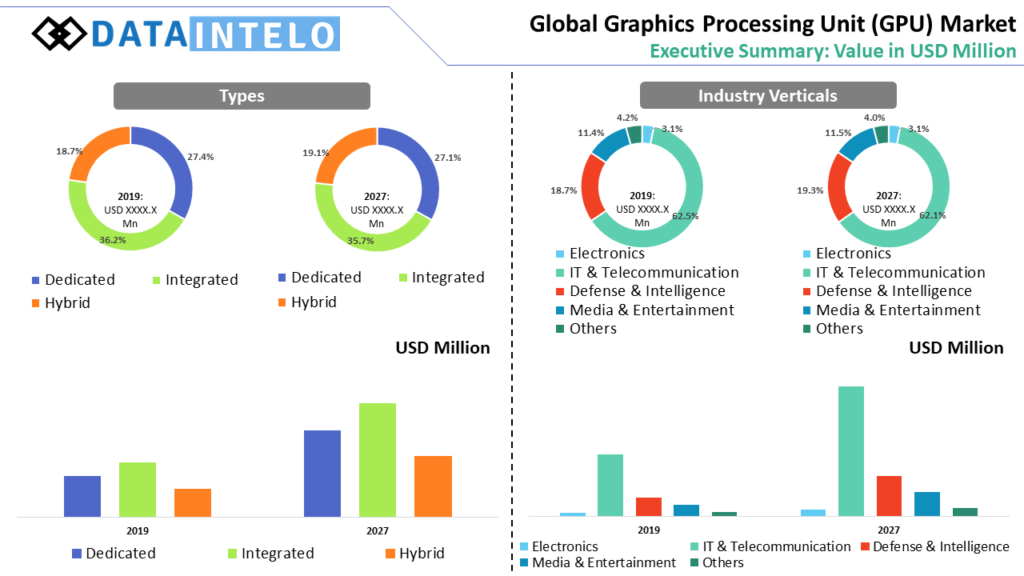In the realm of computing, both graphics processing units and CPUs play key roles, yet they serve distinct purposes that can significantly impact performance. While most users are familiar with the central processing unit, the graphics processing unit has gained increasing recognition in recent years. This is largely due to the surge of GPU-intensive applications such as video games, video production, and machine learning, where the GPU's parallel processing capabilities excel. Comprehending what a GPU is and how it is distinct from a CPU is crucial for anyone looking to improve their computer experience.
The GPU market has seen remarkable growth as more users seek tap into the potential of these specialized processors. Unlike CPUs, which excel at handling a broad spectrum of tasks with accuracy, GPUs are designed to handle various operations concurrently. This is notably beneficial for tasks that involve large volumes of data and require rapid processing. As technology keeps to develop, the importance of GPUs in various fields is just expected to rise, making it vital to examine their distinct attributes and applications.
Comprehending Graphics Processing Units and CPUs
GPUs, or GPUs, are dedicated hardware created to accelerate the rendering of images and video. In contrast to Central Processing Units, that are optimized for broad tasks and can handle a wide variety of computations, GPUs shine at simultaneous processing. This implies they can execute numerous calculations at the same time, making them perfect for rendering graphics, running complex algorithms, and processing large data sets in areas like machine learning and scientific simulations.
The design of a GPU is intrinsically different from that of a CPU. A CPU generally consists of a limited powerful cores optimized for sequential task execution, able of dealing with tasks that require high single-threaded performance. In contrast, a GPU has thousands of smaller cores aimed at executing multiple tasks at the same time. This design allows GPUs to manage simultaneous workloads more efficiently, which is crucial for contemporary graphics and data-intensive applications.
The increase of the GPU market has revolutionized various industries beyond gaming and graphics design. With the increasing demand for powerful computing and artificial intelligence, graphics processors are now key to data hubs and cloud computing. Their ability to speed up workloads has made them crucial for scientists, engineers, and companies looking to utilize cutting-edge technologies. This shift highlights the important role graphics processors play in determining the future of computing and the necessity of understanding the distinctions between graphics processing units and CPUs.

Current Trends in the GPU Market
The GPU market has witnessed remarkable growth in recent years, driven largely by the increasing demand for graphics performance in video games, machine intelligence, and automated learning applications. As a larger number of consumers interact with HD gaming and immersive virtual experiences, companies are developing to produce graphics cards that satisfy these evolving needs. The release of next-generation GPUs has introduced significant progress in efficiency and energy efficiency, catering not only to gaming enthusiasts but also to professionals requiring intense computational capabilities.
A notable trend is the rise of graphics cards designed specifically for artificial intelligence and advanced learning workloads. Numerous tech companies are pouring resources heavily in these specialized processors, recognizing their significance in processing large datasets and training complex models. gpuprices.ai signifies that traditional gaming GPUs are now being redesigned to serve a wider audience, including researchers and programmers in the AI field. The broadening of GPU functions has opened new market opportunities and encouraged greater rivalry among manufacturers.
Moreover, market dynamics have shifted towards eco-friendliness and power conservation. As ecological impacts become more important, GPU manufacturers are endeavoring to create products that use less energy while delivering excellent capabilities. Innovations in chip design, thermals, and production methods are becoming central to drawing environmentally conscious consumers. This trend reflects a increasing acknowledgment of the need for technology to evolve in alignment with sustainability goals, influencing purchasing decisions across multiple consumer segments.
Impact on Computing Performance
The introduction of GPUs has substantially transformed the arena of computing performance, especially in tasks that require heavy processing power. Unlike CPUs, which are proficient at sequential processing and managing broad tasks, GPUs are designed for simultaneous execution. This allows them to handle numerous of tasks simultaneously, making them particularly effective for graphics rendering, scientific models, and deep learning applications. As a result, GPUs have grown to be essential in industries that depend on processing large volumes of data quickly.
In the GPU market, the demand has seen exponential growth, fueled by advancements in gaming, VR, and artificial intelligence. As players and professionals seek better performance and more realistic visuals, the need for powerful GPUs has risen. Additionally, ML and AI applications have further boosted this demand, as these fields require strong hardware to handle large datasets. The competition among manufacturers has also led to rapid technological innovations, yielding GPUs capable of exceptional performance levels.
Ultimately, the difference between GPUs and CPUs comes down to their architecture and function. While CPUs remain foundational for everyday computing tasks, GPUs provide the specialized power required for advanced computing environments. In this evolving landscape, understanding the capabilities and limitations of each is important for anyone looking to harness technology effectively, whether for personal use or within enterprise-level solutions.
